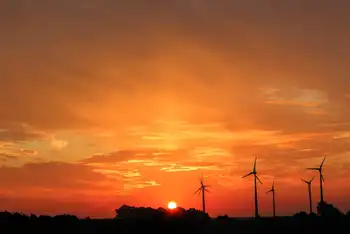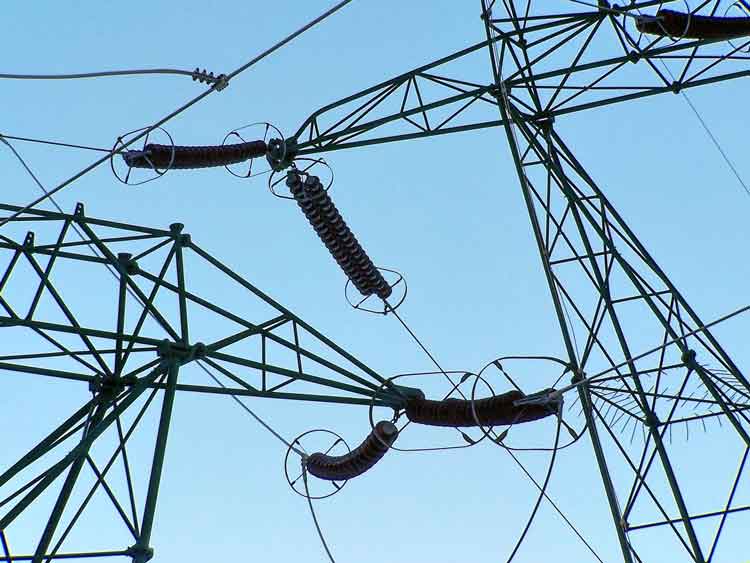Energy industry casts doubt on green collar jobs
By Toronto Star
Substation Relay Protection Training
Our customized live online or in‑person group training can be delivered to your staff at your location.

- Live Online
- 12 hours Instructor-led
- Group Training Available
That's the question many power developers are asking now that details of a proposed green-energy purchase program are beginning to emerge. They say the program's draft rules make unrealistic assumptions about the cost of financing projects and stray too far from the European model it's attempting to emulate.
The Ontario Power Authority, which is designing the program, assures that nothing is written in stone – yet – and that it's open to constructive feedback.
The agency announced in March that its feed-in tariff program, called FIT, would pay generous premiums to renewable-energy developers who agree to sell power to the province under 20-year contracts.
For example, developers of large onshore wind projects would get 13.5 cents for every kilowatt-hour of electricity they produce. Solar, biogas and water-power initiatives would also fetch premiums based on project size.
By offering a fixed rate or tariff, the idea is to create certainty that will attract investment and jobs to the province, an approach that has worked well in Europe. But after a series of consultations with the power authority some developers and industry observers aren't so sure the program, as proposed, will hit the mark.
"It just doesn't feel like it's going to stimulate a lot of job creation... or new manufacturing," said Ron Mantay, country manager for solar developer SunEdison Canada.
Among the concerns raised by project developers:
• The power authority is rejecting the "take-or-pay" model that's widely accepted in similar European programs. Take-or-pay means all green electricity that's generated must be purchased whether it's needed or not. Developers say this creates a huge level of uncertainty because, while the tariff amount is fixed, they can't know for sure how much of their power will be purchased over a 20-year period.
• Some developers say the agency is also making unrealistic assumptions about project financing. For example, the power authority is assuming projects will be financed by 70 per cent debt and 30 per cent equity, with the cost of debt being 7 per cent and after-tax return on equity 11 per cent. Such terms are unlikely under current economic conditions. "You can't finance under those numbers anymore," said MacMurray Whale, energy analyst with Cormark Securities.
• The requirement for security deposits during the application and approval process could also pose problems. Smaller developers said the need to pay hundreds of thousands of dollars upfront puts them at a disadvantage to larger developers with stronger balance sheets and easier access to capital.
Jim MacDougall, manager of distributed generation at the power authority, said the agency has no intention of putting up barriers, but at the same time wants to protect electricity ratepayers from overpaying for green energy.
Security deposits, for example, make sure applicants are serious about proceeding so the province can go ahead and build the transmission necessary to accommodate projects, he said.
MacDougall added that many of the assumptions and rules proposed under FIT are based on experience and successes with other programs. Take-or-pay, for instance, was not offered under the past three rounds of competitive bidding for renewable-energy projects, yet bids still came and contracts were signed.
"We anticipate there are sites and companies who can beat the assumed thresholds we've set," he said, at the same time acknowledging that not having a take-or-pay model creates some investor angst.
Gordon Potts, director of business development at Northland Power Inc. in Toronto, said the power authority has a difficult balancing act and is "getting it mostly right." But he said it's crucial that the rules assure a reasonable rate of return for developers.











